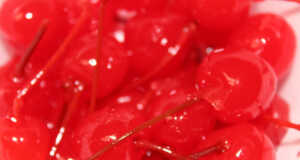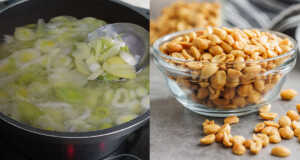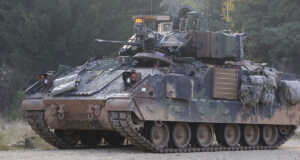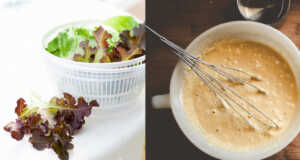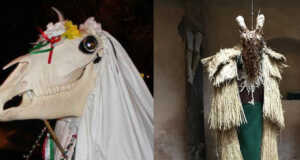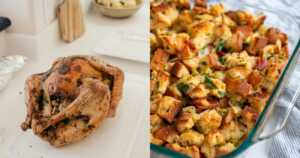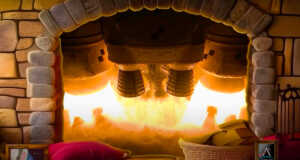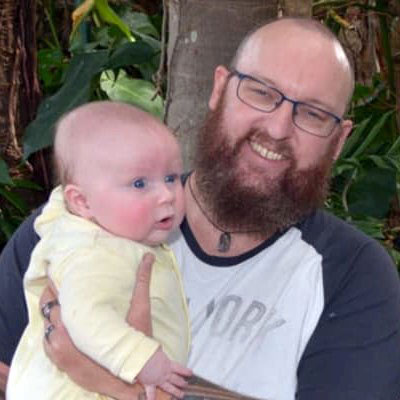The kitchen is one of the most important places in every home. It’s the engine that fuels families and workplaces all over the world.
While the best kitchens are cheerfully filled with warmth and food, there are a wide array of possible dangers lurking.
Check out 10 of the most dangerous things you’ll find in your kitchen space, with some advice on how to mitigate the risks that come with a potentially volatile cooking environment.
1. You

My father has a favorite warning that he breaks out whenever I admit to doing something stupid: “Don’t get your ambitions mixed up with your ability.”
People are dangerous in the kitchen, whether operating appliances and incorrectly handling knives, food preparation and contamination, or leaving things unattended. Negative things can happen, even when you take every precaution. When you don’t take precautions, or you’re impaired, then things get out of hand fast.
Here’s an old PSA from New Zealand about the dangers of drinking and frying, a method of warning that’s since been adopted in many western countries.
2. Stoves and ovens
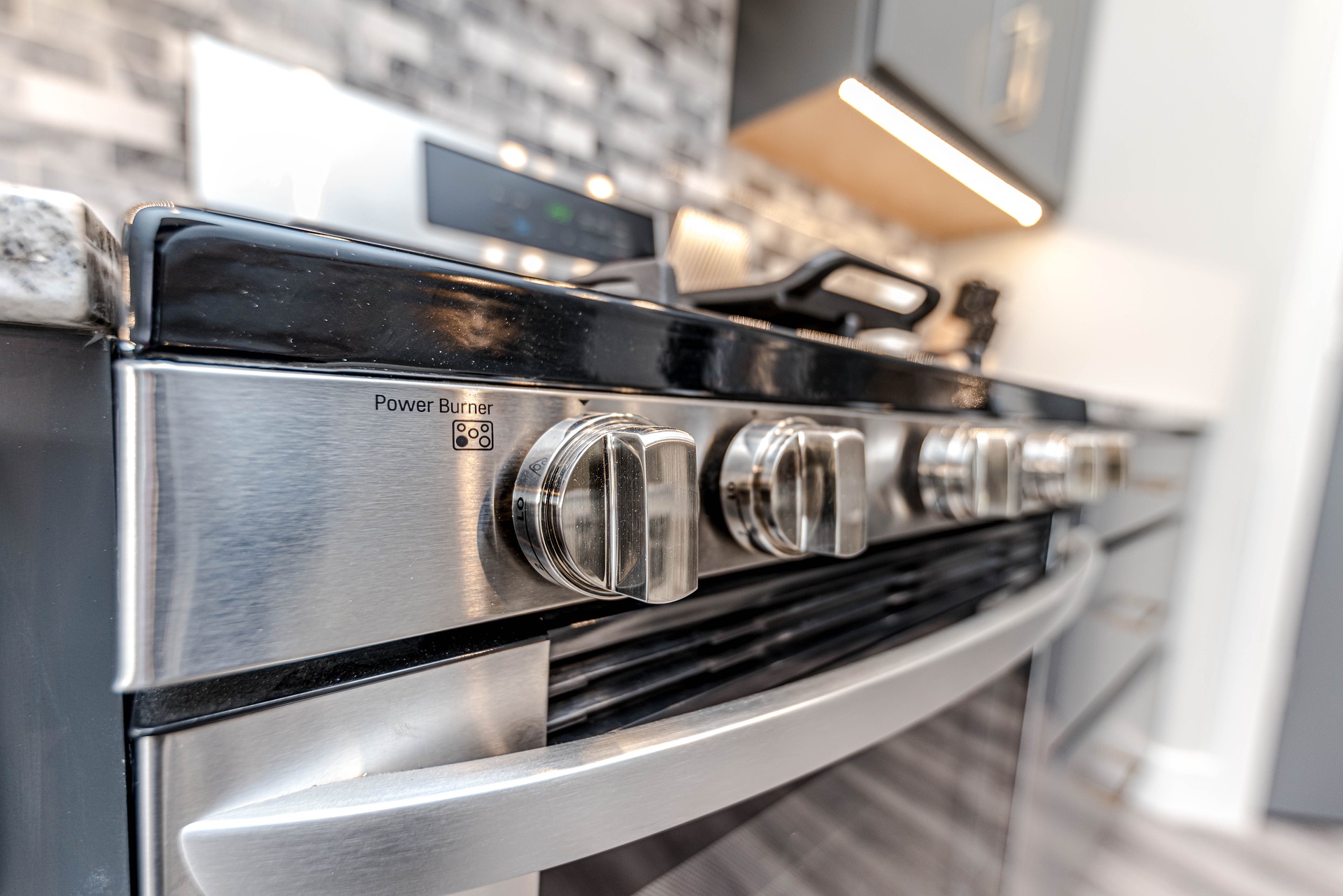
Stoves and ovens are the most dangerous appliances in your kitchen.
According to the National Fire Protection Association (NFPA), “US fire departments responded to an estimated average of 172,900 home structure fires per year started by cooking activities from 2014-2018.”
Stoves left unattended, ovens that aren’t cleaned regularly, grill cooking mishaps and malfunctioning ranges contributed to “an average of 550 deaths, 4,820 fire injuries, and more than $1 billion in direct property damage each year.”
Never leave your stove top unattended when cooking, and make sure to clean your oven and hotplates to prevent drip fires.
Unplugging and putting your appliances away can also lower the incidence of fires in the kitchen.
3. What’s under your sink?
Many households keep common chemicals and cleaning items under the sink in the kitchen, which is exceptionally dangerous, even if you have small children around and keep things safely locked up.
While the dangers of bleach, methylated spirits and ammonia are widely known, even natural detergents, cleaning products and odor reducers can be dangerous when exposed to humans, fire or other chemicals.
Cross contamination, chemical odor, container leakage, and unsafe packaging can contribute to dangerous situations in the kitchen, whether it’s fire, slips and spills, poisoning, or even minor skin irritation, scrapes, and burns.
Make sure to be smart around kitchen chemicals and store as per directions on the label, keep humidity under 50% where possible, and keep a chemical fire mitigation and first aid kit on hand in case things go south quickly.
4. Sponges
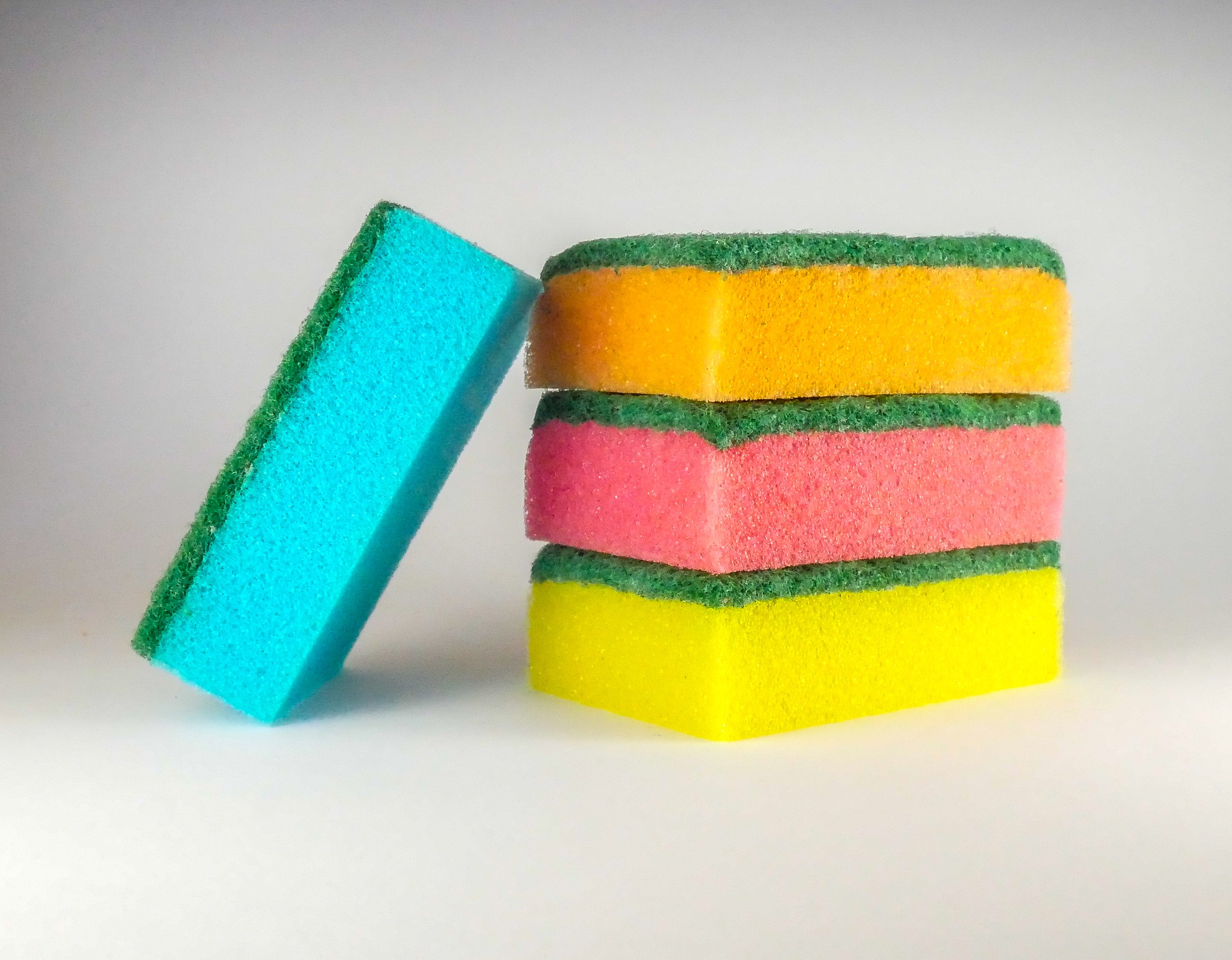
Unclean sponges are just as likely to cause food poisoning as poor preparation and food handling. Bacteria (such as coli and salmonella ) can grow in sponges rapidly, where they luxuriate in the warm, moist environment and residue of the mess that you’ve cleaned up previously.
While people espouse putting dish cloths and sponges in the microwave or dishwasher, these are ineffective ways to clean your equipment.
The most effective method is cleaning your sponge in a combination of bleach (1 part) and water (9 parts) for 10-30 seconds fully covered, before removing from the solution and rinsing thoroughly.
The other thing to do is cycle through your sponges regularly to maintain their quality and avoid exacerbating issues with germs and bacteria.
5. Deep fryers
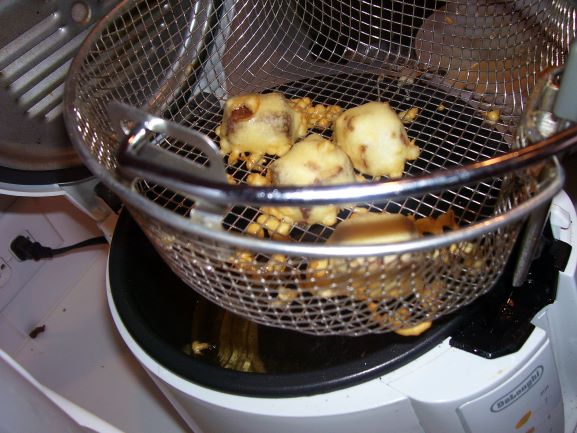
Look, it’s not the Middle Ages anymore, where burning oil was tipped on invaders heads in battle. Yet the devastating effects of burning oil on skin remain the same.
Kitchen deep fryers – especially the old ones which weren’t made with modern OH&S in mind – are dangerous appliances that should always be treated with respect and care.
When I was young I once had to rescue my dad from a deep fryer fire that he started by innocently trying to cook fries at a heat too hot to be sensible. It was ultimately a minor fire, but could have been much worse, costing us the house or lives.
By most measures, air frying is physically safer, and healthier than frying in oil. It cuts calories by up to 80% and cooks with a lot less harmful fast. Air frying may also cut down on some of the other harmful effects of oil frying, while lowering the likelihood of injuries related to oil burns and spills.
6. Air fresheners
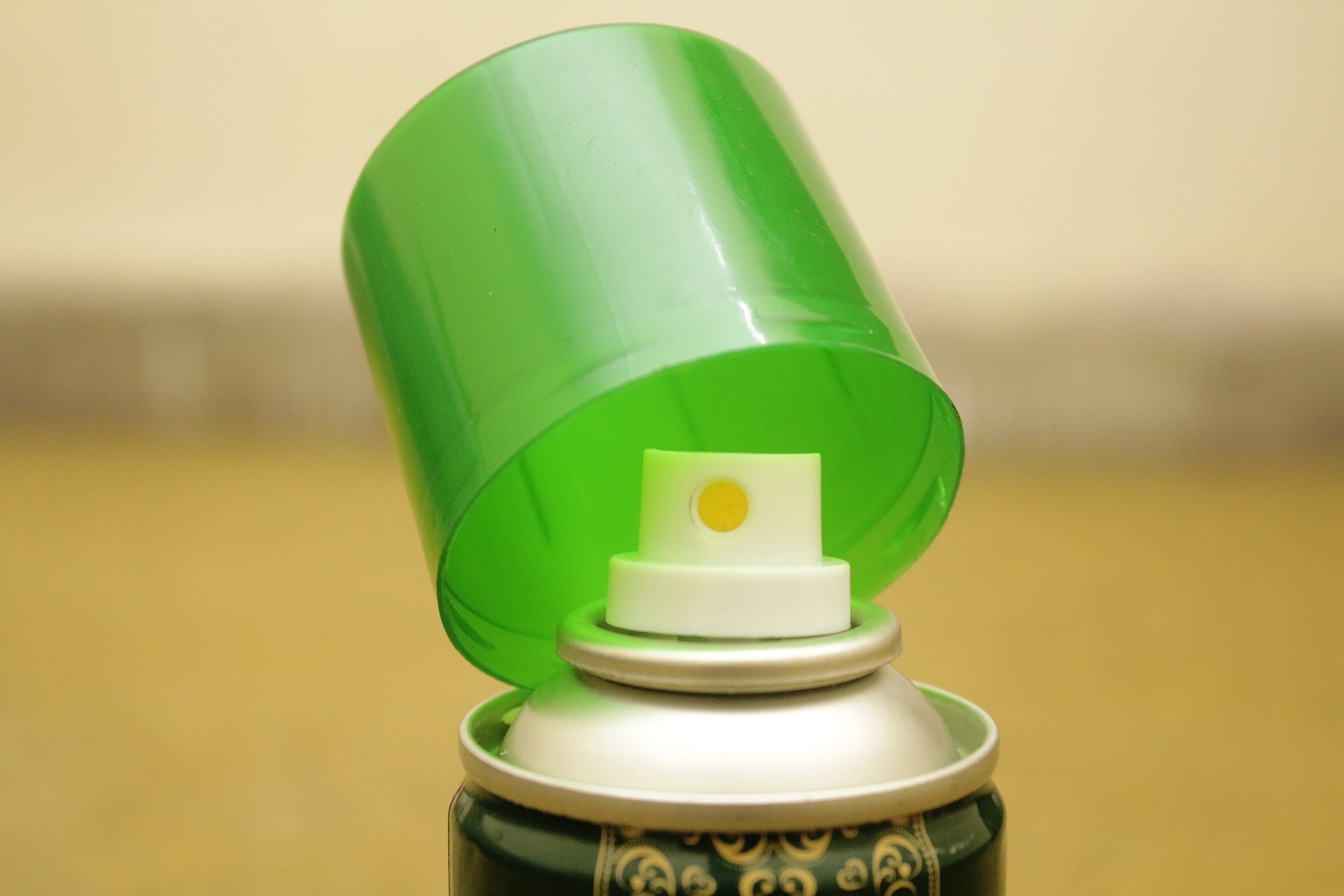
Air fresheners seem harmless, but they do come with chemical dangers you might not be aware of.
Many air fresheners rely on aerosols, which release high levels of volatile organic compounds (VOCs) in households that use them. VOC contributes to ozone impact and can create respiratory issues for people exposed to them.
Also, it can be difficult to know what chemicals are in the products. According to the National Academy of Sciences “no toxic information is available for more than 80% of the chemicals in everyday-use products. Less than 20% have been tested for acute effects and less than 10% have been tested for chronic, reproductive or mutagenic effects.”
Replace chemical air fresheners with low impact odor suppressors like potpourri, coffee beans, or even baking soda instead.
7. Microwaves
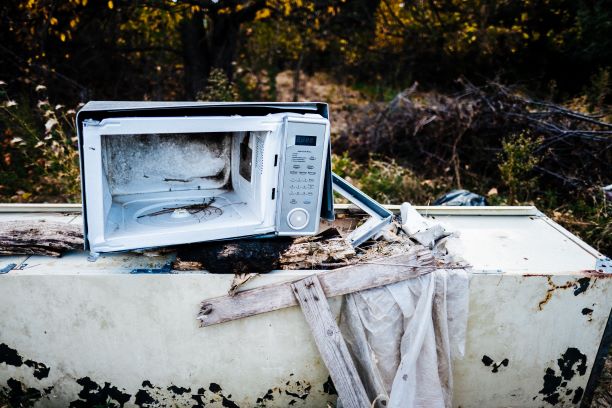
Microwaves are now an essential part of most home kitchens, but just like the oven and stove top they can be extremely dangerous when used incorrectly.
Most people know that putting metal inside a microwave can be dangerous – even if the sparks look pretty – but don’t realize that things such as coffee cups, paper bags, styrofoam and some kinds of takeout containers shouldn’t be placed inside, as they can melt, smash, and release hazardous toxins.
Always follow microwave directions for packages and containers.
As for the food itself, check out the clip below for a quality breakdown of food cooked in the microwave.
8. Knives
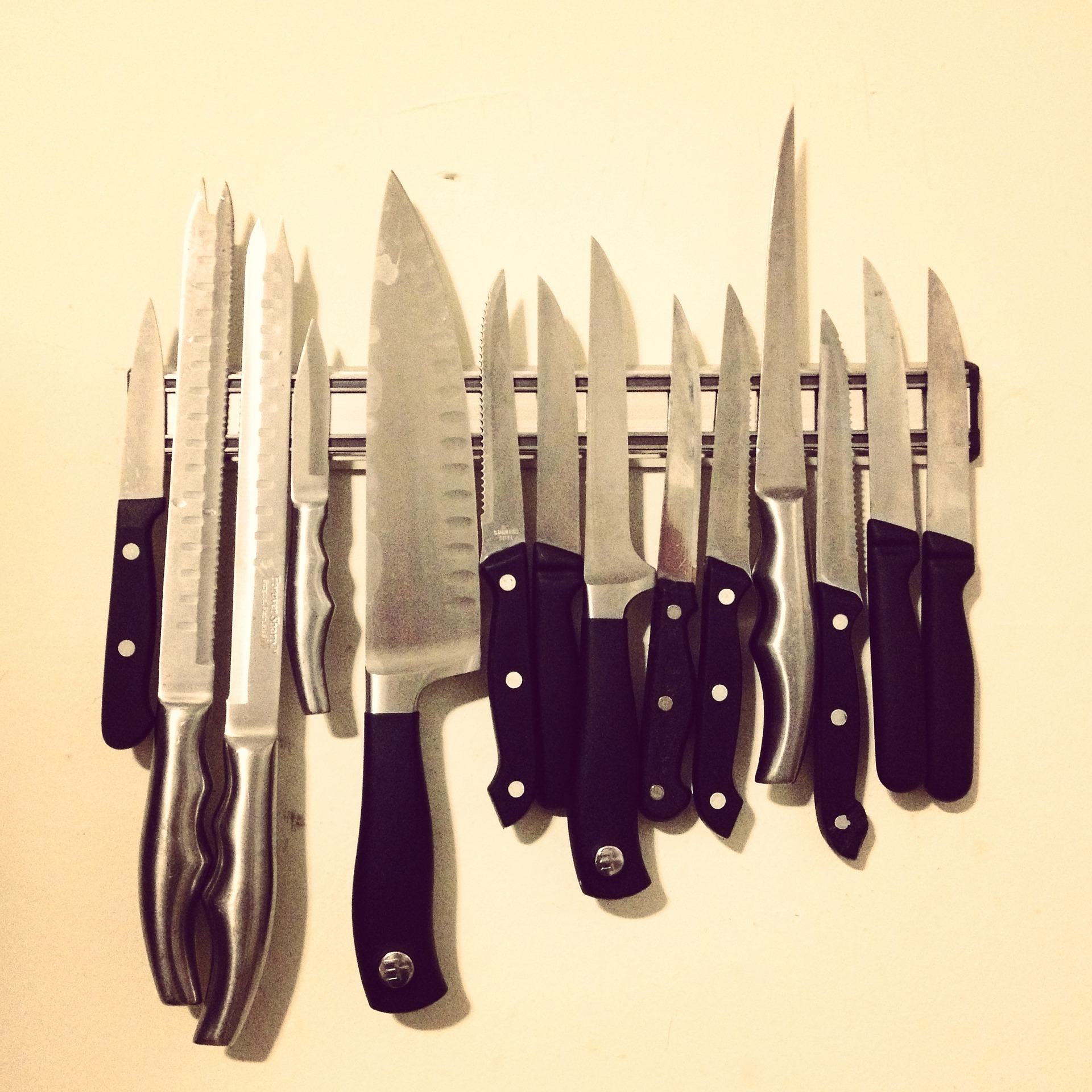
This is an obvious one that bears repeating. Knives are dangerous kitchen tools that should always be treated with respect and care.
Here’s a few simple pieces of advice:
- Always maintain sharp blades (blunt ones do more damage because you force the issue)
- Pick the right knife for the right job
- Never leave knives unattended
- Always cover your knives when not in use
- Don’t put knives in a sink full of hot water and soap
- Always clean blades between uses and after sharpening
9. Salt and pepper shakers
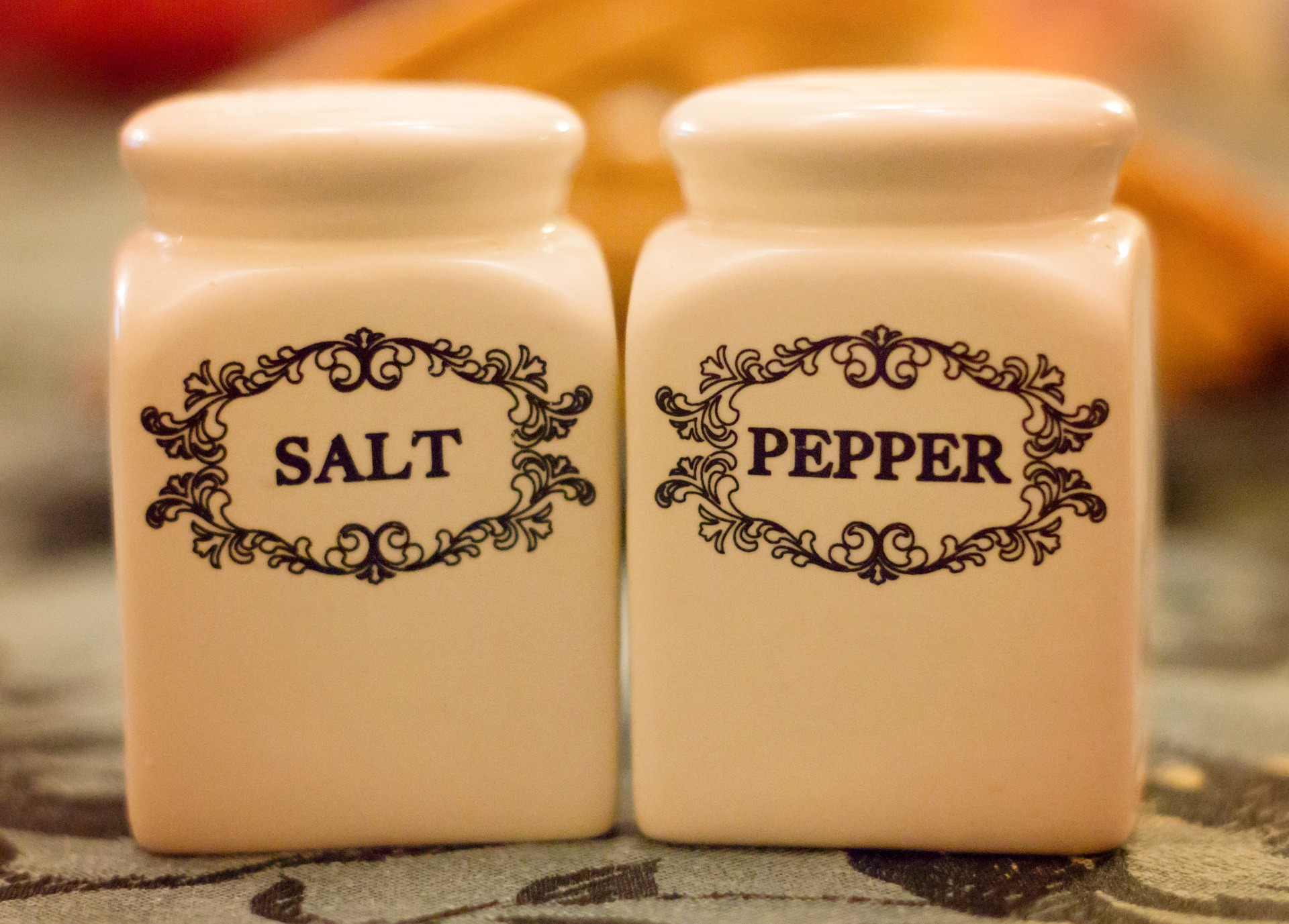
The trusty salt and peppers shakers in your kitchen or on your dining table are one of the biggest culprits when it comes to transferring germs that create colds and flu (and now, since it’s 2021, coronavirus).
Different hands pick up salt and pepper throughout the day, from a hearty breakfast to seasoning sandwiches and soups at lunch time, or when sprinkled on your dinner time food.
Make sure when cleaning down your surfaces after preparation or dining that you also clean your salt and pepper shakers with antibacterial cleanser/wipes.
10. Cutting Boards

Always use separate cutting boards for meat, fish, and vegetables. In fact, utilizing a color code system – you can tag your wooden boards – like in commercial kitchens is advisable to avoid cross contamination of food.
- White cutting boards are for bakery and dairy products
- Yellow cutting boards are for cooked meat
- Brown cutting boards are for root vegetables
- Red cutting boards are used for raw meat
- Blue cutting boards for raw fish
- Green cutting boards are salad, fruit and fresh vegetables.
- Purple cutting boards are used for allergenic foods (such as nuts etc…)
Never use damaged or cracked chopping boards because cracks are perfect places for bacteria to hide out and multiply, and make sure not to clean them in the dishwasher – scrub with hot water and antibacterial dishwashing at the very least.
Conclusion
The kitchen is my favorite place. It’s the central point where my family and friends gather before dining together or when entertaining. Being aware of what may ruin your kitchen experiences, and taking steps to be safe and sensible, is hugely important.

